Distance Learning with the Cleveland Students
June 22, 2020
Over the past three months, students have accomplished something never seen before in education: a completion of months of distance learning. Portland Public Schools (PPS) students have been attending virtual classes and seminars, they have recorded presentations and speeches, and they have taken their education online in response to a Covid-19.
During this time, students have had to take accountability for their education like they were never required to during at-school learning. Due to this transition, students succeeded at different rates, but one common strategy that many students practiced was building simple routines into their days.
As coursework was drastically reduced during distance learning, there was more freedom in students’ day-to-day plans. There was more time to take breaks and arrange a schedule which could cater to the need of the individual learner. Many students would attend their virtual classes while outside in the sunshine, or do their school work in their yards.
“Often, my teachers will post weekly assignments on Sunday night or Monday, and students have both the power and responsibility to organize the work in a way that best works for them,” said junior Lily Belisle.
While some students are able to effectively organize their workloads, it is not easy or even possible for many students to do so.
Students have struggled in the distance learning environment, away from friends and support which can only be given in the classroom. Motivation was hard to come by, and procrastination was the result. Some students chose to do D level work, as that would be a passing grade and therefore all they would carry with them on their transcripts. “The most challenging part has definitely been self-motivation,” said junior Kaelan Anderson.
Senior Jonas Brown echoes that sentiment, saying, “I miss the routine of it and I miss the structure. Being able to go to a place designated for learning at the same time every day helps to keep me in that mindset until the day is over.”
There is something else missing from the distance learning environment as well: interaction with other students and faculty. Sophomore Calvin Thompson says, “I miss the social aspect of school because I miss my friends, but also because it is very important to be able to share ideas with other people. To me, an environment with open-ended discussion is where I learn best, and that is harder during distance learning.”
For freshmen, sophomores, and juniors, distance learning has been three months of online learning, while seniors officially graduated in March. They were then exempted from having to attend their classes.
Senior Kira Swinth is looking forward to attending the University of British Columbia in the fall, and officially graduated in March along with her peers. After she graduated, she continued attending some classes, especially HL Math, because she was studying for her AP test in May. This allowed her to stay involved with her coursework even after she graduated and was no longer obligated to do it.
Swinth’s situation illuminates a truth within the American education system: tests and grades help motivate students. This is due to the institutionalization of education, and the way that students are taught to learn from a young age. They are taught to learn only to receive a grade, or prepare for a test. The American formal education system is, in many ways, a path where you check boxes on the way to a successful career.
Distance learning disrupted this path drastically. As grades turned to pass/fail and standardized tests lost importance to many colleges, teachers challenged their students to take control of their education. They challenged them to learn for the sake of learning, and for themselves, rather than to maintain a certain GPA or achieve certain test scores.
However, many students voiced frustration that they had worked hard for half the semester to maintain high grades which would raise their GPA, which were then to be discounted. Changes in the grading system were not the only challenges students faced. This transition presented a new obstacle for the many juniors who had begun to navigate college applications.
Anderson says, “I definitely feel stressed about applying for colleges because we don’t really know how that process will be or won’t be changed because of the pandemic. The feeling of the unknown is the stressful part.”
Many students have seen changes in the education system that they had never anticipated. Seniors did not have a normal graduation, nor prom, to mention a few of the surface level losses they faced. Juniors are fearing the same as they approach their senior year. Sports seasons, being in classes with friends, the spontaneity of at-school learning — these are all things that were missed.
“It’s all individual, and you don’t have the ability to bounce ideas off of other people, or gain insight from other people, or think critically with other people,” said Swinth.
These things are all part of a physical learning environment, and distance learning taught students to find newfound appreciation of the education system, the teachers, and the human interaction the traditional system provides.
“I think the at-home learning has just made me appreciate the necessity of actually being in a school, and interacting with people. Part of learning is learning together and that just can’t happen when we are all in our own houses sitting in front of a screen,” says sophomore Rae Kertzner.
Violet Pedigo, freshmen, reflected on distance learning with the same appreciation. “Myself and everyone else obviously aren’t learning as much during social distancing, so it makes me appreciate the level of education I get at school. Many other girls my age don’t even get an education, so it’s amazing that we still are getting taught during this pandemic.”
Distance learning was an interesting experiment, and in many ways there were benefits. Students learned some things that they wish to carry back to at-school learning. “Removing many outside pressures and some of the things that usually consume my time, I have had more time to think and examine my contentment with the way I have set up my priorities in life. It has been a chance to take a step back and consider if there are any changes I want to make,” said junior Lily Belisle.
An overarching narrative of hope revealed itself between students of all different grade levels. Some experienced great success during distance learning, others struggled more, but in the end it has shown the adaptability of the school system, and increased an appreciation for learning. It has also made students eager to get back into the classroom.
“This idea of creativity is just so at the forefront of my mind, because it underpins every level of adjustment and adaptation that we’re having to make in society right now, and education is no different,” said Swinth. She continues, “With distance learning, I think it’s just requiring a whole new level of creativity with how teachers approach teaching, how students approach learning, how administrators approach organizing education. I think it requires us to truly leave behind the notions of what a classroom looks like in a physical school.”
The transition to distance learning caused a lot of struggle as well. It caused people to struggle with their own levels of motivation, to fight procrastination, to achieve when they did not have the same levels of support that they experienced in school. And yet, there is this hope and excitement surrounding a return to this system. Students have learned how to learn in different and new ways, how to achieve and succeed in a completely different environment.
Swinth says, “This creativity, once we get back into the classroom, is gonna make our education system better.”



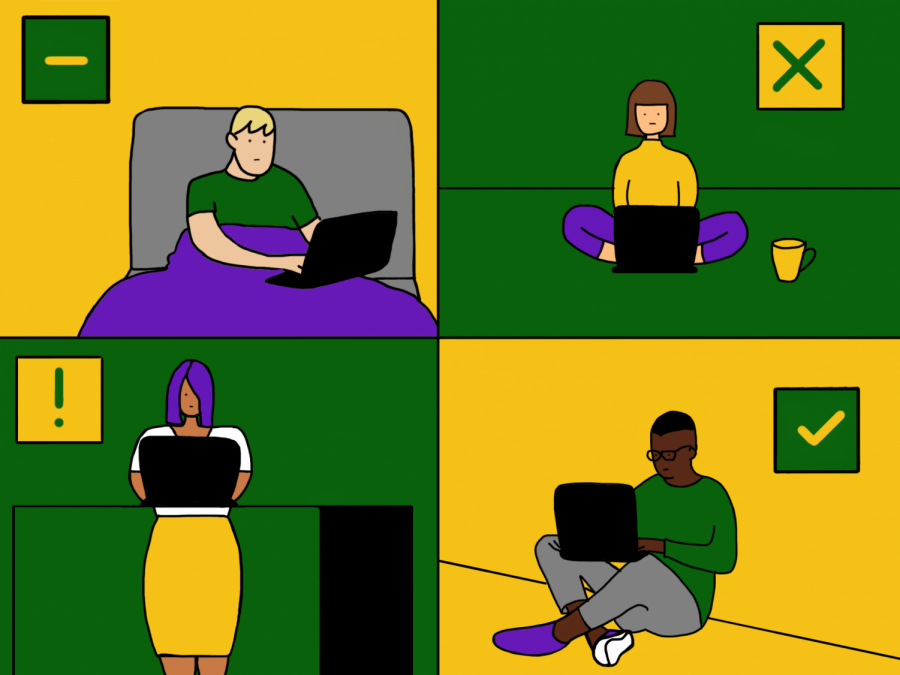
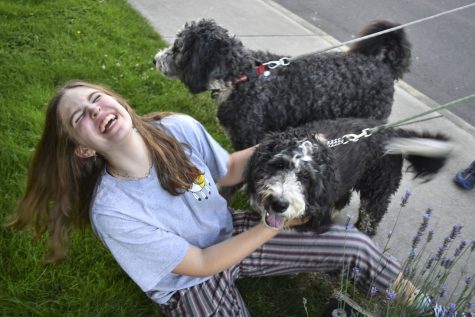
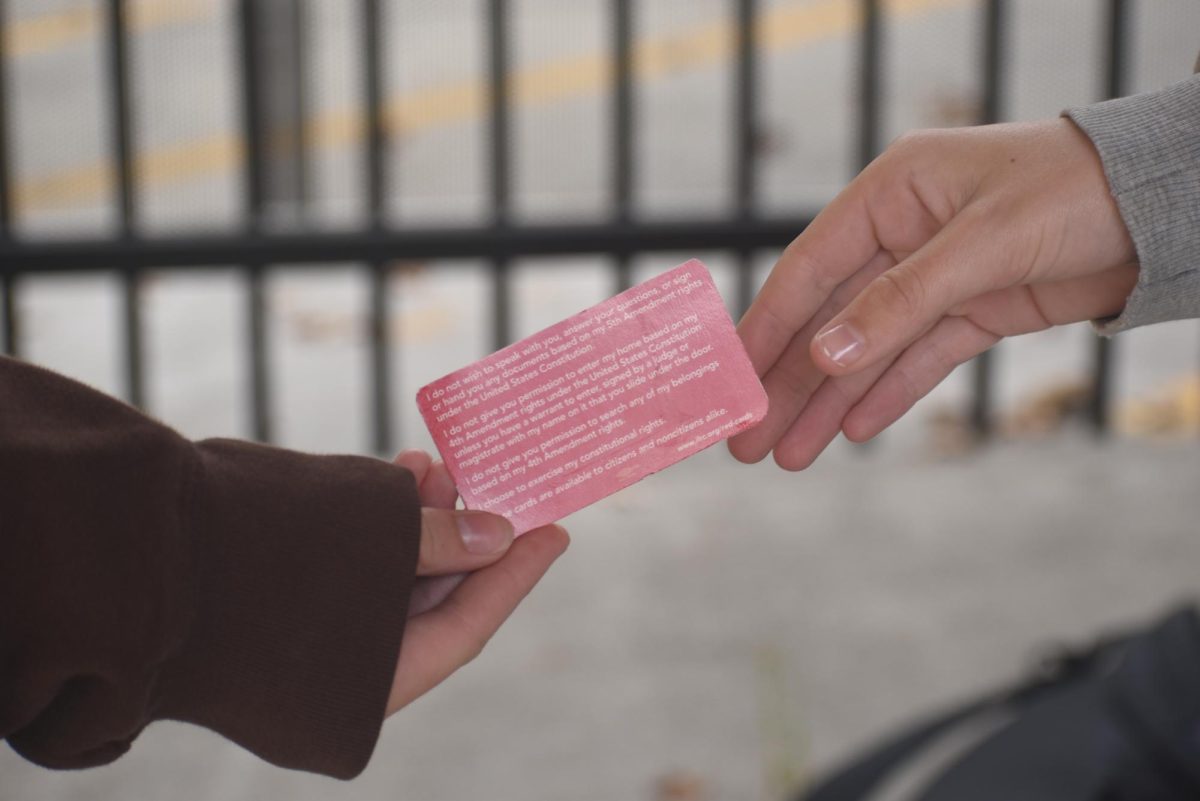
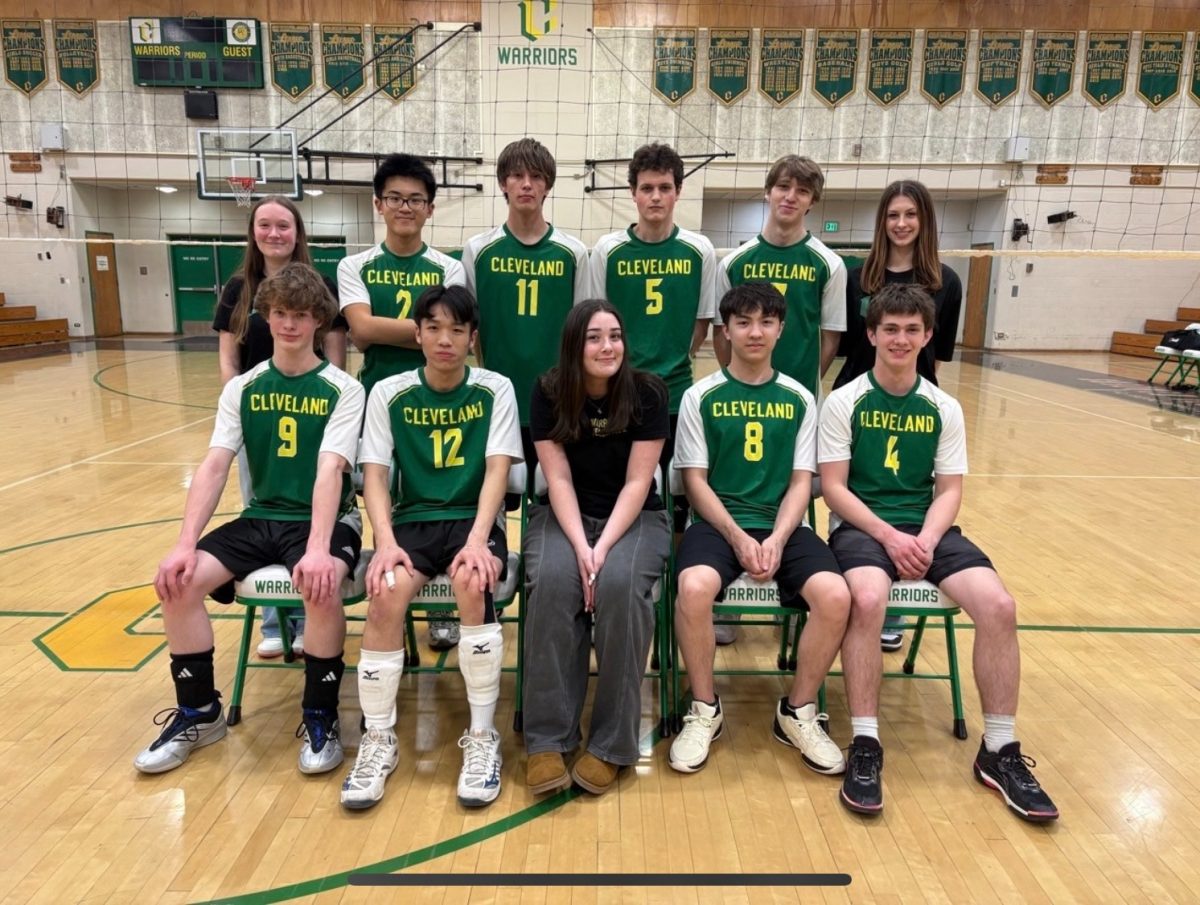



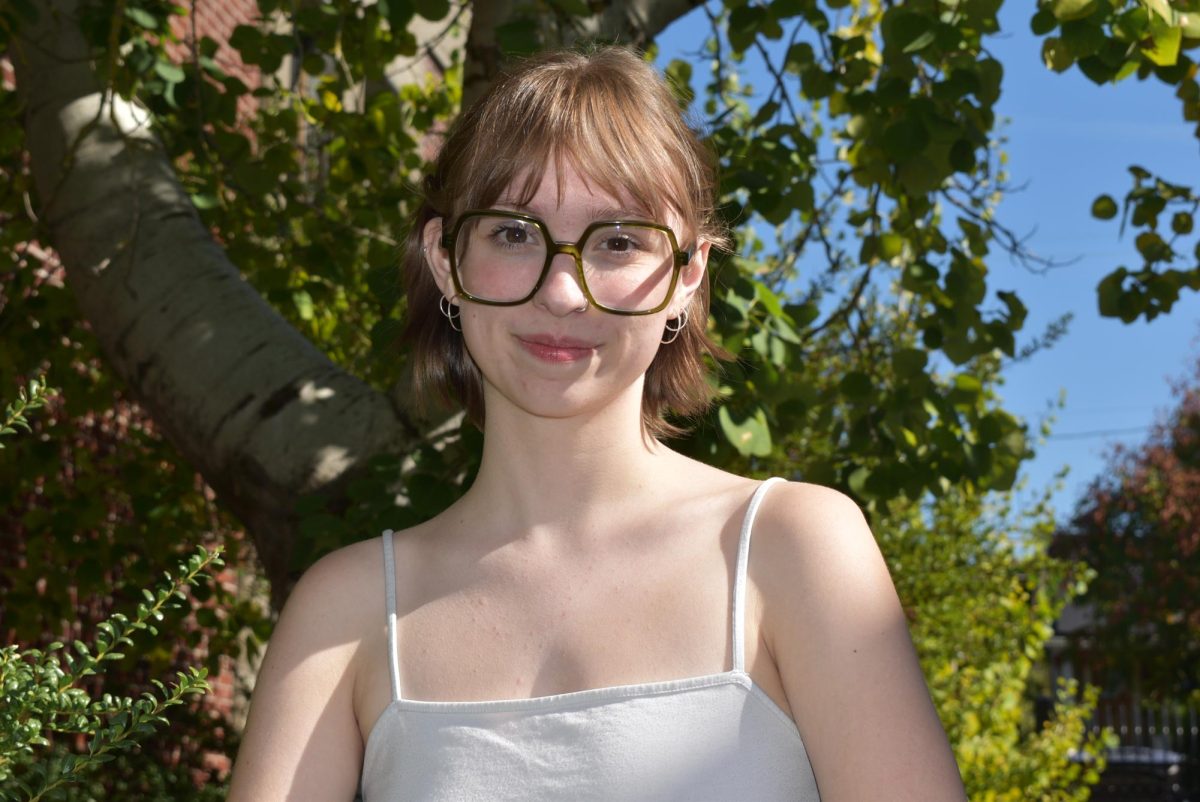
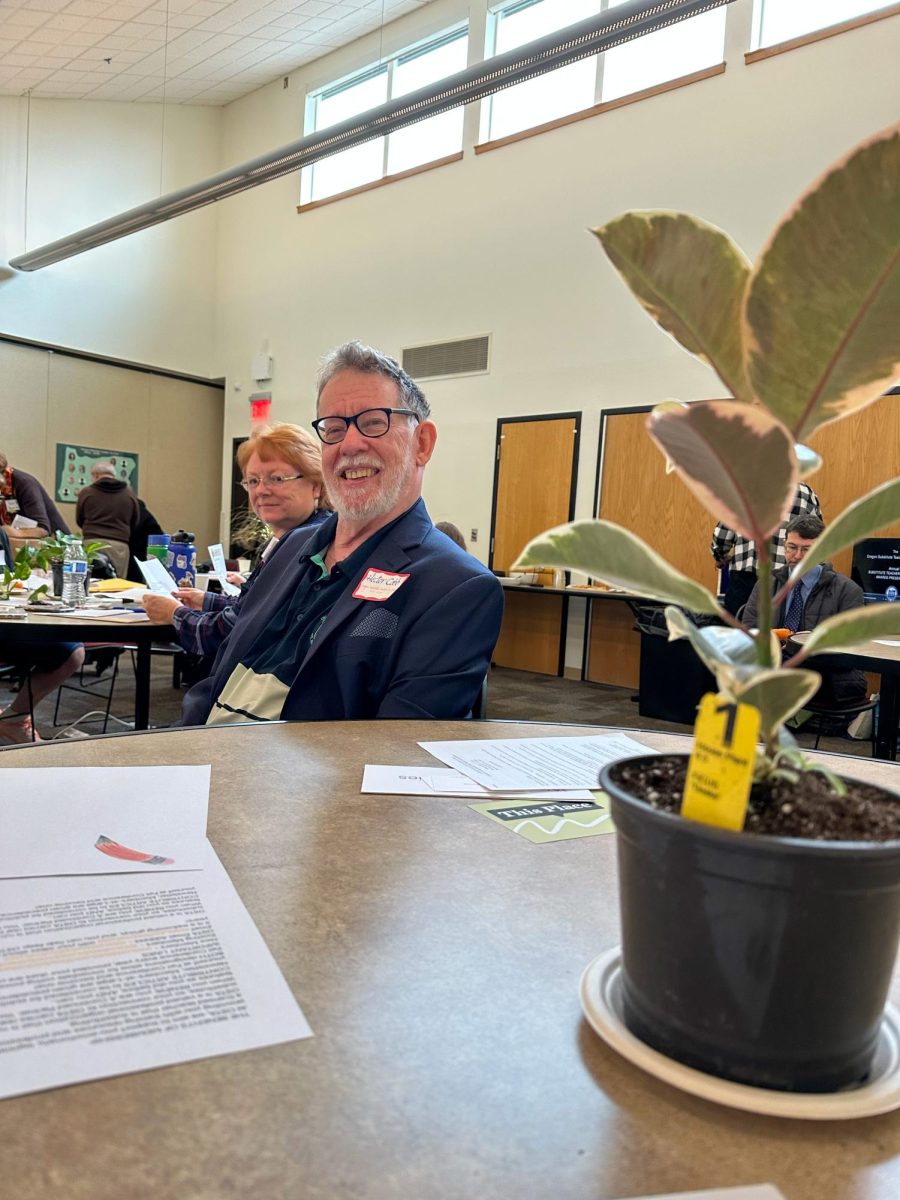
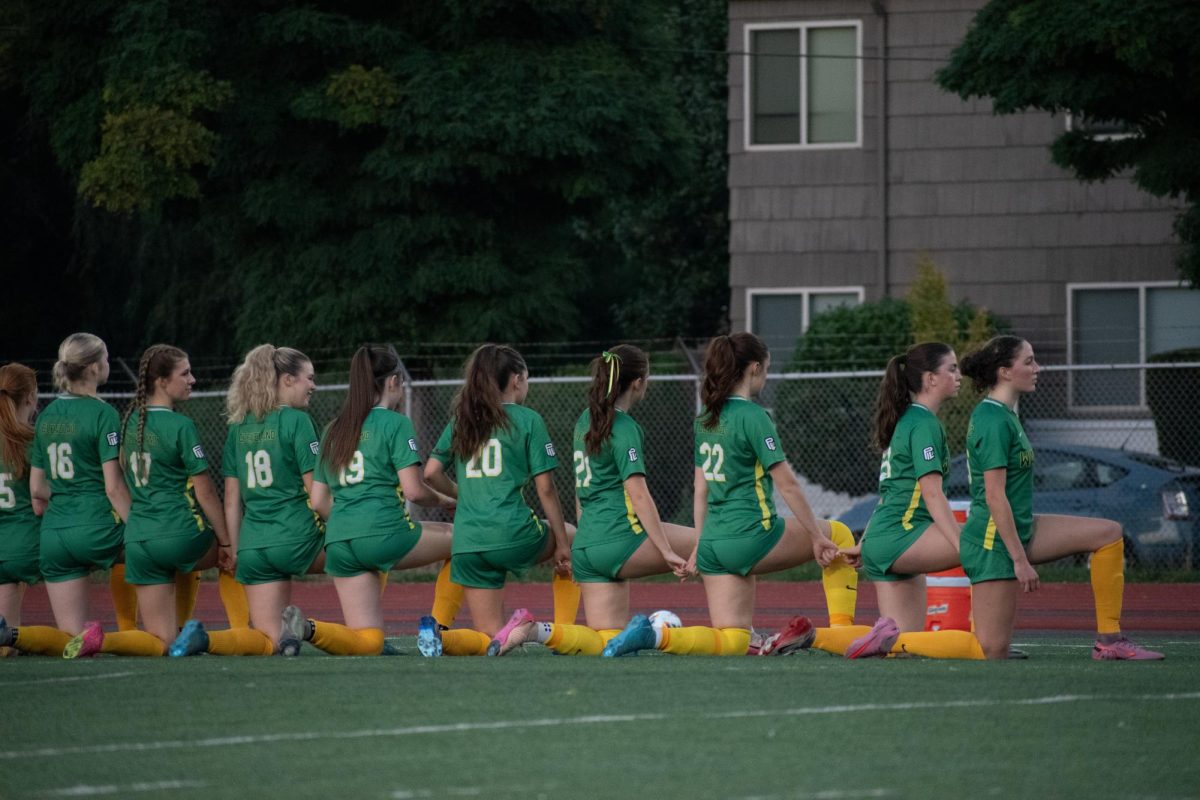

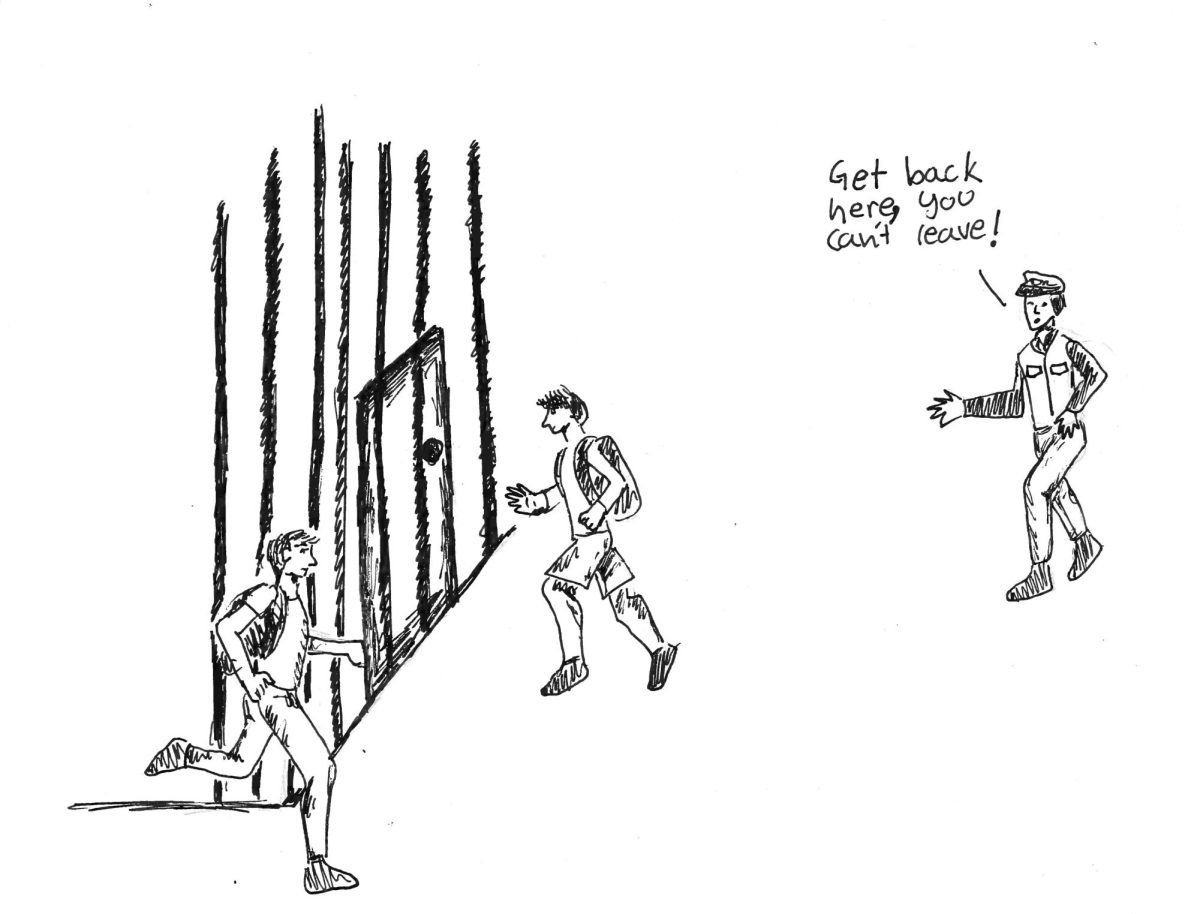
Linda Sweek • Jun 23, 2020 at 11:56 AM
Great job, Lena. I enjoyed your writing!?